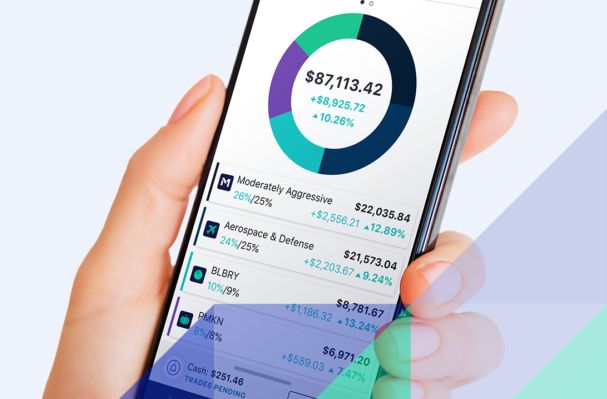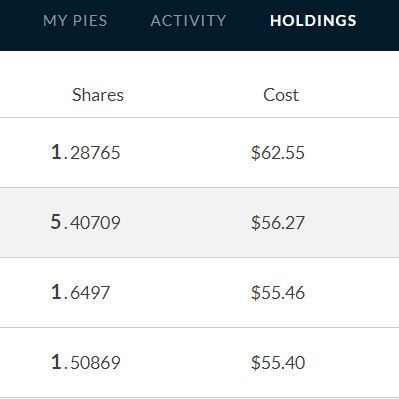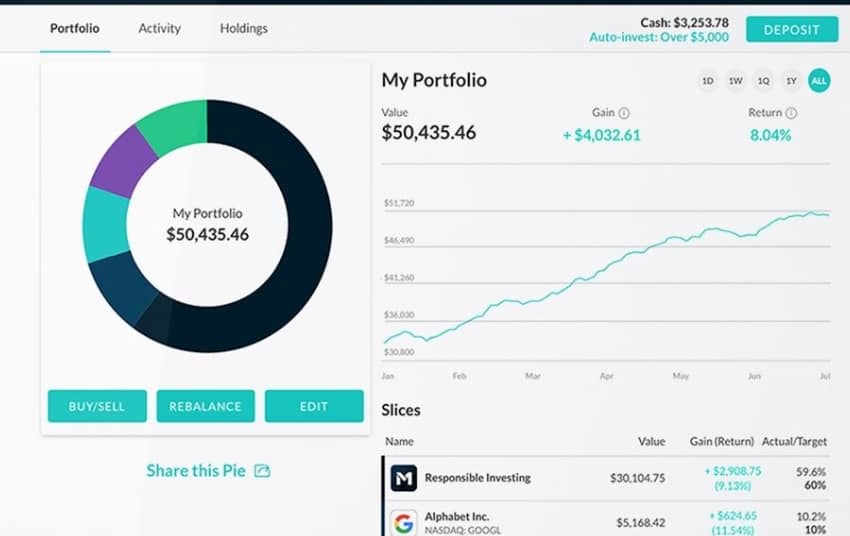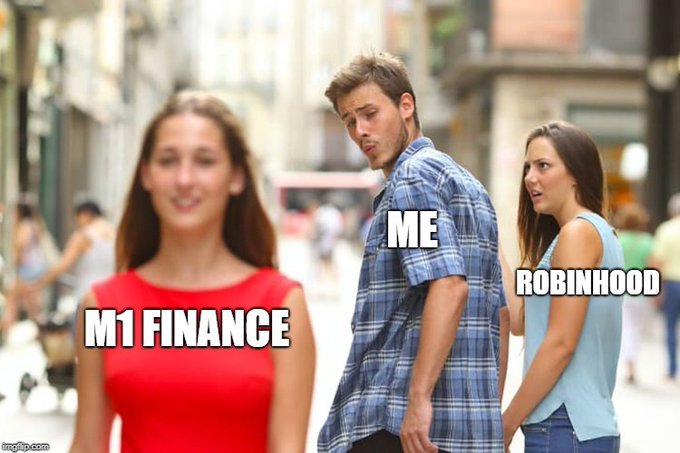
In the United States, diabetes has become increasingly prevalent in recent years. In 1980, 5.8 million American adults were diagnosed with diabetes, compared with 34.2 million today, and an additional 88 million Americans—approximately 1 in 3—who have prediabetes. These ones are well on their way.
What changed over the last 50 years? Well our diet for one thing. Almost everything is processed in food factories now. But it hasn’t always been this way.
For thousands of years men have survived (without widespread diabetes) eating a very different kind of diet. If you look at Asian cultures, like Okinawa for example, elderly people there have been known to live well into their 90s and still maintain relatively good health and mobility. The food that this older generation ate is nothing like what people are eating today.
Most of those Okinawan people were eating lots of family farmed, locally grown vegetables with a starch (like rice, yams or sweet potatoes) with every meal. Sure, they may occasionally add a small amount of meat like fish, but it’s definitely NOT something that they would eat 3 times a day. They also would not add processed oils to every meal.
Our diet today

Today we are eating refined grains (i.e. white bread), fried foods and some kind of animal-based protein with every single meal because we have been wrongly convinced to believe that we need all this extra protein. We might go and eat in fast food restaurants several times a week, which adds to our already excessive intake of sugar, fat and salt.
To combat this, many dieticians and medical professionals will advise you to adopt a “low carb” diet and avoid starches/sugars.
Even Google recommends a so-called “diabetic diet” to manage diabetes, as shown below.

This seems like good advice on the surface, since the more sugars you take in, the more sugars you will have in your body. But it’s not simply a matter of just avoiding all sugars and carbs.
The Okinawan people did not have access to factory-made refined sugar (soda pop), or refined grains (white bread), but they were eating natural sugars/carbohydrates (like rice, potatoes and fruit) for thousands of years—without widespread diabetes—so how can those be bad? There must be something wrong with how our food is made today.
Not so natural flavors
1. What makes cookies/cakes and other desserts taste so good? Quite naturally, it’s the refined sugar. If you were to take the sugar out from these foods, you would have just a small pile of fine white powder (granulated sugar).
In this case, pure refined sugar is the issue. That’s what makes these foods unhealthy.

By contrast:
- The sugar cane plant is loaded with fiber and nutrients: potassium, calcium, magnesium, iron, zinc, thiamin, riboflavin and several amino acids.
- But if you simply extract the sugar from that plant and process it, it contains no nutrients at all: calories: 15.4, carbohydrates: 4g
Since sugar is a source of carbohydrates, people assume that means the fewer carbs you eat, the better. This is not exactly correct, potatoes are healthy, yet they are a high carb vegetable. The issue here is when you “process” the food and strip away the fiber and nutrients like we have done with refined sugar and refined grains. These inferior man-made food products are what is killing us.
2. What makes fried chicken or potato chips taste so good? It’s the added fat. And if you were to extract all the fat out of these foods, what you would have is a small bottle of oil.

Most people never think about this. They usually don’t associate oil as being fat, but it is. And almost every single kind of packaged/processed food that you can buy in stores is made by adding one or more kinds of oil. Just look at the ingredients. People are buying conola oil, coconut oil, and extra virgin olive oil — and somehow adding these to every single meal, thinking that this is healthy but it’s not. Why not?
In the Standard American Diet (SAD) we consume high amounts of fat and a huge amount of sugars/carbs on a daily basis. So what happens here? Your body is designed to first burn carbohydrates for energy, and the fat (to burn it later) if all the carbohydrates are used up. In the SAD diet, the body never gets a chance to burn any of the fat, because with each new meal, the body is flooded with more fat and more sugar.
When fat enters your bloodstream, it doesn’t magically turn into something else, it stays fat. Because your body never is given a chance (or the need) to burn this fat. Your body doesn’t simply throw the fat away, it stores the fat as a source of energy that it can be used later if needed (and this is called oxidative priority). And this is why most people eating processed food have a hard time losing weight because they don’t know that oil, is processed fat.
What’s in a typical western diet?
- Breakfast: Bacon/eggs and pancakes with orange juice (sugar and fat)
- Lunch: Cheeseburger/fries with ketchup and a soda pop (sugar and fat)
- Dinner: Fried chicken/steak with potatoes and dessert (sugar and fat)
People are eating that processed sugar/fat combination all day long, three times a day, 365 days a year.
Even if you just eat a nice fresh salad with a oily salad dressing, its like pouring liquid fat on top of an otherwise healthy salad.
All of this processed fat being added to each and every meal leads to thickening of your blood/hardening of the arteries (called atherosclerosis), which lead to an array of other degenerative diseases which will show up over the long term, like cardiovascular disease, heart disease, stroke, etc. but typically all of these conditions will start with diabetes first.
Again, these diseases don’t just happen overnight, they take a long time to develop, and after eating the SAD diet for 20, 30, or 40 years people are often shocked to hear the doctor tell them some bad news all of a sudden. And then they wonder how this could have happened. After all, they tried to exercise, and they believed that they were eating what they knew to be a healthy diet. They just didn’t know.
So after you are diagnosed as a diabetic, this is when a doctor will tell you that you should take some medication (typically Metformin) to lower your blood glucose numbers. There is no reason to panic. Take the medication. It’s intended to help you. But of course, your aim should be to try to reverse diabetes if possible, not just live with it. But for now, lets talk more about what diabetes actually is.
Diabetes dissected
Type 1 Diabetes Mellitus (T1DM) is an autoimmune disease where the body attacks the insulin-producing cells in the pancreas and kills them. Unfortunately T1DM cannot be reversed, it’s permanent. I have only heard of one man who was able to reverse his T1DM thanks to a medical breakthrough with the help of lab-grown stem cells. However, this is not yet widely available.
T1DM accounts for only 5 to 10 percent of cases of diabetes worldwide. The majority of people with diabetes have type 2.
Type 2 Diabetes Mellitus (T2DM) is a disease that is caused by something called insulin resistance. What is insulin resistance? This is when your body is not able to transfer glucose (sugar) into your cells with the help of insulin. The organs and muscle tissues put up a “resistance” (an impaired response) to the insulin, and won’t allow it to pull the sugars into them, from the bloodstream. So the level of sugars in your bloodstream remains high all the time.
What causes insulin resistance?
Your liver will create glucose (blood sugar), and your pancreas will secrete insulin as a transport mechanism for that glucose. Insulin has the job of taking that sugar and putting it into tissues (muscle, organ, etc.) so it can be used as energy. The problem is, the tissues say “no thank you, we don’t need it” to insulin. So the sugars just keep circulating in the blood.
But what makes the tissues say no? It is believed that insulin resistance is caused by the storage of unhealthy fat in tissues that are NOT designed to store fat.
So insulin resistance is mainly a dysfunction of your muscle and liver tissues. In essence, the injection of the insulin is blocked (by inflammation) so it cannot enter the tissues where it is needed.
Inflammation of the body is obvious when you see someone who’s overweight, but it actually starts much earlier than that, when your internal organs become inflamed from fat. Yes, a person can have a fatty liver and/or cardiovascular disease before (or even without) showing any outward signs of being unhealthy. They might even feel totally fine, without knowing what’s going on inside.
In fact, the moment your metabolic system begins to slow down, that’s the very first instance when your body begins to break. This we will discuss more about this in part ii of this series.
So what kind of foods should be avoided to prevent this from happening?
All processed/refined sugars, refined grains (white breads) and vegetable oils (unhealthy fat) should definitely be avoided. And also it’s wise to severely limit your intake of red meats, alcohol and dairy products.
What this means:
- No refined sugar (soda pop, candies and artificial sweeteners)
- No refined grains (white bread, donuts, cakes)
- No diary (milk, cheese, butter)
- No oils (conola, coconut, olive, etc.)
- No red meat (pig or cow)
Natural carbohydrates (like rice, yams and potatoes) are not necessarily bad in and of themselves, but processed foods in general are not healthy. In other words, your food will be far healthier if you cook it yourself at home, as opposed to eating a lot of pre-cooked, pre-packaged foods.
For everything you buy, you should always read the ingredients. Watch out for chemicals in the ingredients as well. The fewer the ingredients, the better. You want to eat whole/natural, plant based foods in abundance, eat dark green leafy vegetables, and avoid processed/packaged foods as much as possible.
Most of the food you eat should look the same way it does in nature. Naturally, everyone will want to eat an occasional cookie or pie. No harm there, but it should be very seldom, not a daily or weekly thing.
Of course you cannot totally avoid all fat, and neither should you (nuts and some vegetables like avocados and olives contain healthy fats), and these are essential, but you should avoid all processed oils that come in bottles as much as you possibly can.
That’s too extreme!
Most of you might look at this and think it’s quite an extreme take. But honestly, I consider the alternatives to be extreme: taking medications for your entire life to manage preventable diseases, or getting your rib cage sawed open so doctors can suck the plaque out of your arteries or do bypass surgeries! What about losing your eyesight, your toes or having diabetic neuropathy in your legs? Those alternatives sound VERY extreme to me.
Additionally, there is now a new study that reveals that you could even trigger T1DM in children if you feed cow’s milk to a baby before the age of 1 year old—and remember this disease cannot be reversed.
If you become diagnosed as T2DM, most doctors will simply give you a medical textbook treatment. This means simply managing the disease, without any focus on the real cause or educating you on what disease reversal even looks like.

You will be given a prescription medication (probably Metformin[a]) which temporarily lowers glucose production in the liver, and it also lowers blood sugar by increasing the body’s sensitivity to insulin, but this is not a cure. It only serves to stabilize your glucose level on a day-to-day basis when your blood sugars are too high. The doctor will also give you a glucose meter, so you can test your sugar level yourself by taking a tiny blood sample.
This is all fine and good if all you want to do is manage the disease. But what if you could prevent or even totally reverse diabetes, wouldn’t you do what it takes?
A new kind of treatment
The standard western diet of daily eating refined sugars, refined grains, unhealthy fat from oils, meat and dairy products is literally killing people. But what can a diabetic person do to be healthier?
The very first thing you need to do is be more active! Yes, exercise. We’ve all heard this before. But why is it so important? Because muscle tissues are very demanding of sugars in order to function, and the more muscle you have in your body, the less sugar will be floating around in your bloodstream. Muscles soak it up, and strengthening your muscles will help to lower glucose. So try to build muscles in your arms (lifting and pulling heavy things) and in your legs (walking more will help). Weight loss is also usually helpful for diabetics. If you often sit down while working, try standing up instead. This burns more calories. If you want to talk on the phone, or play a mobile game, go outside and walk around while you do these things. It isn’t that hard to be more active. Just remember the goal is to build muscle, so this means you should look for ways to do some form of regular resistance exercising.
Secondly, Hippocrates said it best when he said “let food be thy medicine.” Instead of continuing to constantly eat all kinds of process food products (i.e. man-made garbage) choose to eat mostly whole natural foods, foods that grow in trees and in the ground. Most of your foods should be biochemically alive. It should contain seeds that can still grow a new tree if planted.

Unhealthy food on the other hand are sterile, and dead. And it can last for months without expiring, because it contains almost zero nutritional value.
A diet full of fresh fruits/vegetables, legumes, lentils, nuts, healthy grains and oats are what you should eat often. All packed with nutrients, right from the earth. Stop clogging your arteries with needless excesses of processed vegetable oil, red meat and dairy (which contains unhealthy fat) and the endless array of toxins, coloring and chemicals that get added to pre-packaged foods like pastas and breakfast cereals. Gradually replace all of these with good, better options.
Stories like this one here should be shown on television, in movie theaters and at colleges and universities. Because type 2 diabetes can be beaten if one is proactive about their health and knows what to do. The closer you are to diagnosis the easier it is to achieve success, but even being a diabetic up to 10 years and its still possible. It’s less common beyond that, but with hard work and meticulous effort it may still be possible.
By making more informed choices about what you put in your body, you food can become your medicine as Hippocrates so elegantly stated. That is why I decided to change my diet so that I only eat a whole foods plant-based diet. You can learn more about this diet here. You can do it too.
Let food be thy medicine, and let medicine be thy food.
Hippocrates, Ancient Greek physician
TL;DR Summary
- Processed foods contains a lot of sugars, salt and unhealthy fat. This would include artificial sweeteners refined grains (white bread) and vegetable oils (which are liquid fat).
- When we eat both sugar and fat at the same time, our bodies will burn the sugar and store the fat.
- This buildup of unhealthy fat in our cells is what we believe leads to insulin resistance, which is the cause of type 2 diabetes, and diabetes is the leading cause of numerous other health problems that will show up.
- The solution? Be more active! Exercise often and eliminate as much processed food as possible, including oils, refined sugars/refined grains and stick closely to a whole foods plant based diet.
Additional Resources
- World Health Organization on Diabetes
- Center for Disease Control – Diabetes Fast Facts
- Oxidative Priority, Meal Frequency, and the Energy Economy of Food
- Early exposure to cows’ milk raises risk of diabetes in high risk children
Disclaimer: the information provided on this web site is for educational purposes only, and does not substitute for professional medical advice. The author of this blog is not a licensed dietitian or medical professional. Please consult with a licensed medical professional or healthcare provider if you are seeking medical advice, diagnoses, or treatment. We are not responsible for any decisions that you choose to make.
Footnotes
[a] Metformin is the most widely used drug to manage T2DM. Metformin puts little if any strain on the organs, it doesn’t cause weight gain, and comes with the added benefit of being the most affordable diabetes medication on the market. It’s been prescribed to more than 120 million people worldwide.













